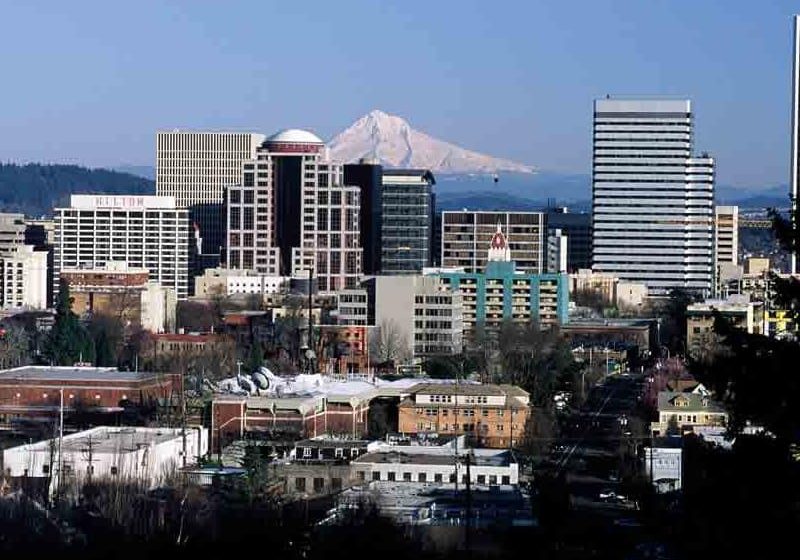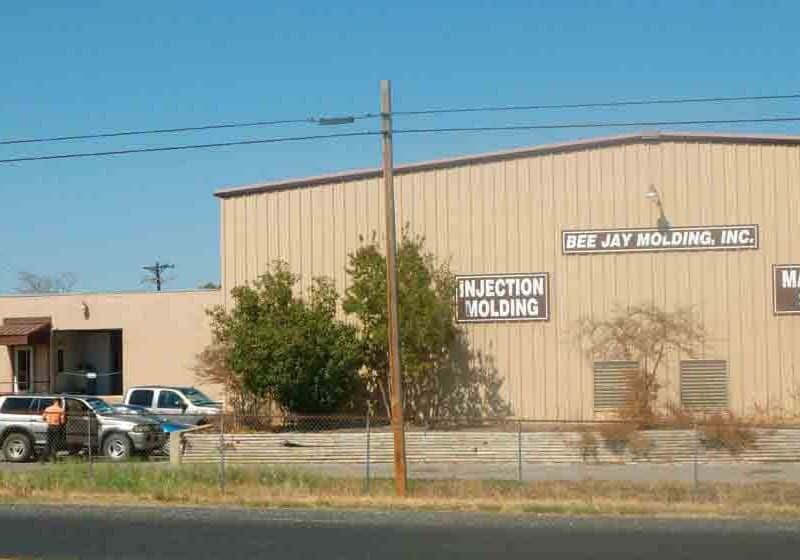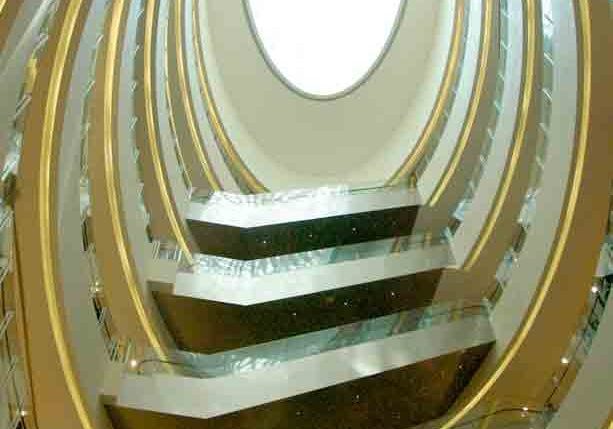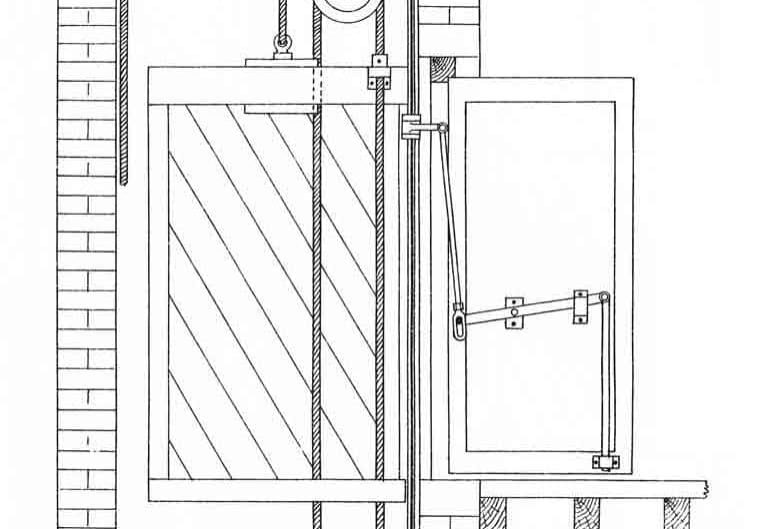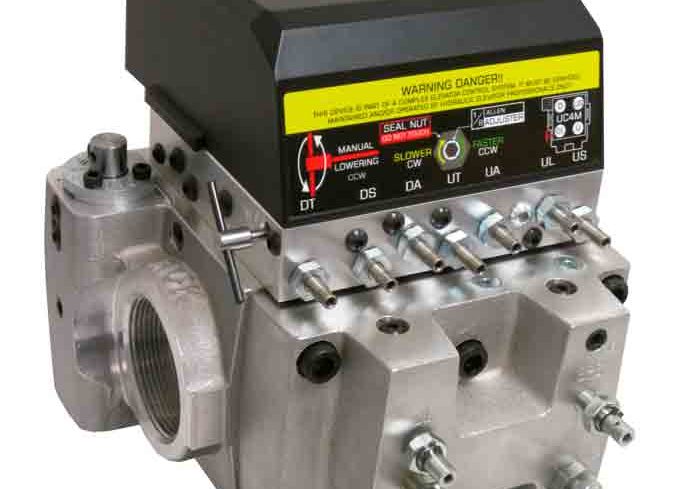1706 Rittenhouse’s Underground Parking System
Nov 1, 2011

Philadelphia’s high-rise condominium fea-tures a unique alternative to traditional on-site parking.
Philadelphia’s 1706 Rittenhouse Square, a luxury high-rise condominium located near the city’s famous Rittenhouse Square, is a 31-story glass tower that features a unique alternative to traditional on-site parking. Manufactured by Wohr, a German company, and installed by Quality Elevator Sales & Service, Inc. in a joint venture with Mid-American Elevator, the exclusive distributor for Wohr, the Wohr Multiparker 710 is one of the few parking systems of its kind installed in the world. While the technology is becoming more common throughout Europe and the Far East, its prevalence is not widespread in the U.S., with only a handful installed in the nation.
Located beneath the high rise, the subterranean automated parking system borrows from a warehouse storing process, where items are housed on shelves connected to conveyors. It consists of an entry and exit bay, and an automated turntable pallet that deposits and retrieves a vehicle from the underground parking spaces. The garage sits almost five stories below grade and is 4-5 ft. below the water table. Equipped with backup generators and redundancies to ensure a vehicle can always be retrieved, the parking system costs more than US$8 million.
Using the system is a simple process. A vehicle is equipped with a transponder that sends a signal to open the doors so motorists can drive a vehicle into a two-story covered courtyard. The vehicle is driven on top of a large lift, where a pallet awaits. A digital signal advises the driver that the vehicle has been properly placed on the pallet and gives instructions to exit the vehicle.
Next, a sensor looks for any signs of life inside the car. The driver then swipes a programmed card, similar to a hotel keycard, which signals the system and tells it whose car it is parking. The vehicle is then lowered, turned 180° into the underground parking area and backed into the space. Instead of traditional parking spaces, the vehicle, which remains on the pallet, is stacked and stored in rows on a steel racking system connected to the conveyer. As a vehicle begins the trip down, another pallet automatically arrives in the bay for the next vehicle.
When the driver wants the vehicle returned, he or she swipes the programmed card, which can also be done in the building’s gearless high-rise passenger elevators. The system locates the vehicle, the car rises from underground, is spun around into an exit position and is ready to be driven, all within one minute of the initial card swipe.
By not building an aboveground parking structure, the garage is hidden and helps maintain the building’s interior and exterior design flow. A typical self-parking ramp system requires 20,000 sq. ft., but 1706 Rittenhouse has a footprint of around 6,700 sq. ft. The four-story subterranean garage has room for 64 vehicles, with a space costing around US$140,000.
Get more of Elevator World. Sign up for our free e-newsletter.


